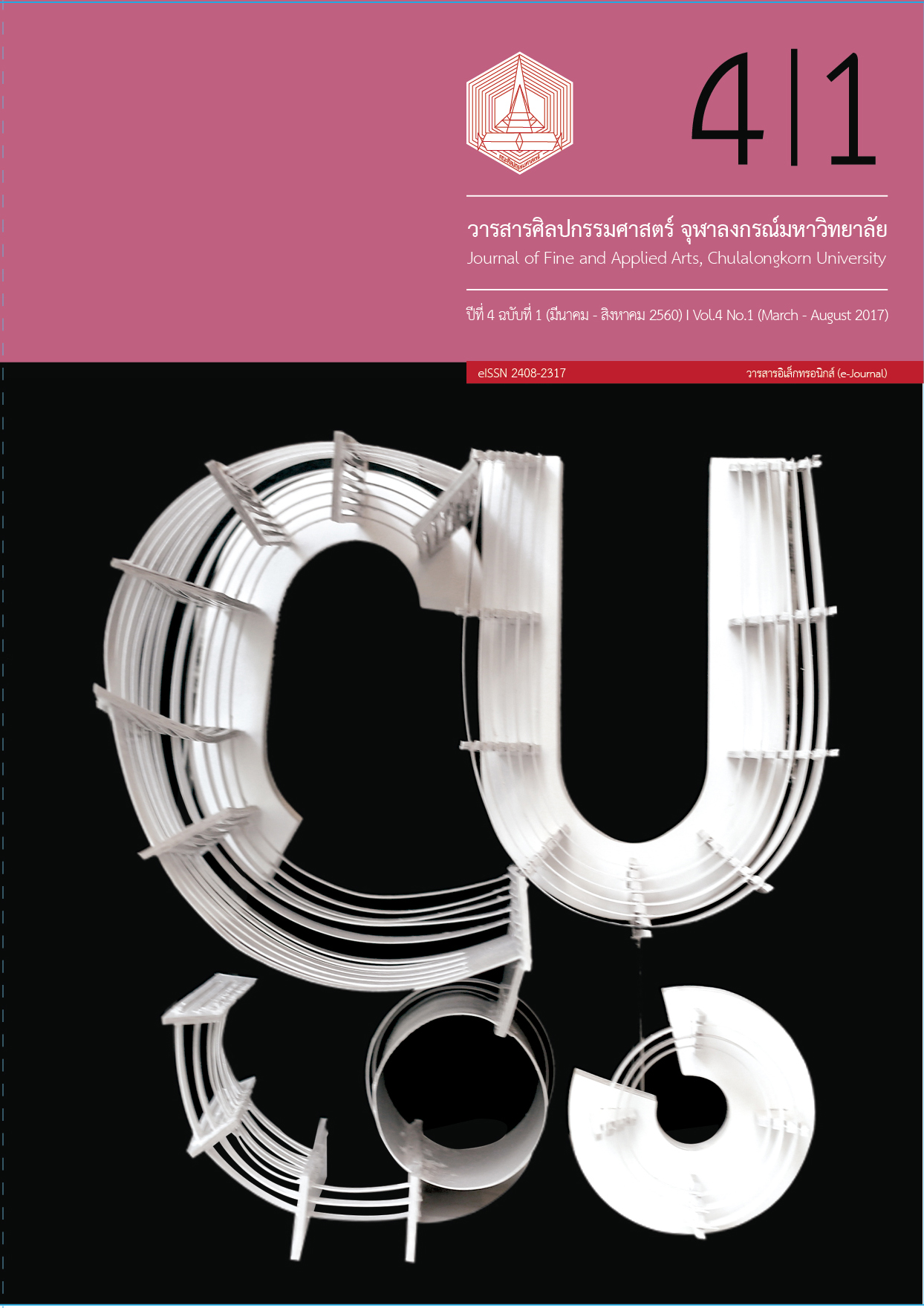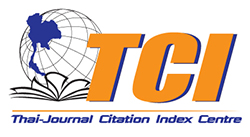สัญลักษณ์ทั้ง 4 บทเพลงชุดสำหรับออร์เคสตรา
Keywords:
เพลงชุด, ออร์เคสตรา, สัญลักษณ์, การประพันธ์เพลงSuite, Orchestra, Symbol, CompositionAbstract
บทคัดย่อ
บทประพันธ์สัญลักษณ์ทั้ง 4 เป็นบทประพันธ์ประเภทเพลงชุดบรรเลงโดยวงออร์เคสตรา ในแต่ละท่อนมีเอกลักษณ์ที่แตกต่างกัน ไม่ว่าจะเป็นด้านทำนอง จังหวะ โครงสร้าง และแนวประสาน ถึงอย่างนั้น ก็ยังคงมีทำนองร่วมที่แฝงอยู่ในทุก ๆ ท่อนซึ่งเป็นทำนองหลักที่ผูกทั้ง 4 ท่อนไว้ด้วยกัน ซึ่งผู้แต่งเห็นว่า โครงสร้างบทเพลงชุดนั้นมีมานานและมีผู้ประพันธ์จำนวนมากที่นำไปใช้ประกอบการประพันธ์ แต่ลักษณะเด่นดั้งเดิมโครงสร้างแบบนี้ในแต่ละท่อนจะมีความแตกต่างกันอย่างสิ้นเชิงโดยไม่มีสิ่งใดมาผูกมัด เปรียบเหมือนนำบทเพลงหลาย ๆ ชิ้นมารวมกันเท่านั้น แต่ในบทประพันธ์สัญลักษณ์ทั้ง 4 นี้จะแตกต่างจากโครงสร้างเดิมโดยใช้ทำนองผูกมัดแต่ละท่อนไว้ตามที่กล่าวไว้ข้างต้น นอกจากนั้นในแต่ละท่อนจะเลือกใช้กลุ่มเครื่องดนตรีที่แตกต่างกันเป็นตัวดำเนินทำนองหลักเพื่อสร้างสีสันของเสียงในหลาย ๆ รูปแบบ
บทประพันธ์นี้มีความยาวโดยรวมประมาณ 20 นาที แบ่งออกเป็น 4 ท่อน ในแต่ละท่อนมีความยาวที่ใกล้เคียงกันที่ 5 นาทีทุกท่อน
Abstract
The Four Symbolic Suite is a composition for an Orchestra, which each movement has an individual characteristic such as melody, rhythm, form and counterpoint. Nonetheless, there still has a same melody that hide in every each movement ant also it’s bind all of them together. The original Suite that being used by many composers, each movement has an individual character and also they are free from each other. No obligation. It just liked bringing many pieces into one suite. So the composer has an idea to change the form of an original Suite, by adding the same melody or theme in every movement, it will create a chain to each movement so that they can be connected. Moreover, each movement they use a different instrument to express a melody and because of that, it created a lot of styles and color to this Suite.
This Suite duration is approximately 20 minutes divided into four movements. Each one has the same duration approximately 5 minutes.
Downloads
Additional Files
Published
Issue
Section
License
ลิขสิทธิ์ของบทความเป็นของเจ้าของบทความ บทความที่ได้รับการตีพิมพ์ถือเป็นทัศนะของผู้เขียน
กองบรรณาธิการไม่จำเป็นต้องเห็นด้วยและไม่รับผิดชอบต่อบทความนั้น






